David Deutsch’s book The Beginning of Infinity is many things, from philosophy of science to an explanation of quantum physics to a call for open-ended scientific and technological progress. Along the way, in Chapter 14, it is also an explanation of beauty.
The title of the chapter is “Why are Flowers Beautiful?”,1 and the answer Deutsch gives goes something like:
Flowering plants evolved genes to make themselves attractive to pollinators, usually insects (who simultaneously evolved genes to be attracted to flowers in a process of coevolution).
But plants and insects are very different kinds of organisms, which means that plant evolution couldn’t rely on shared genetic baggage (unlike what happens in sexual selection, which explains most of the beauty that animals find in animals of their own species). The flower-pollinator problem is one of inter-species communication.2
To solve this problem, plant evolution had to use objective beauty standards. If you are beautiful in a universal, non-species-specific way, then you can attract organisms of a totally different kind, like bees and flies.
But if you do this, then you might also attract other animals — like humans. Therefore, flowers are beautiful to humans because they are beautiful in an objective, universal way.
Deutsch summarizes his view of beauty thus:
I can see only one explanation for the phenomenon of flowers being attractive to humans . . . It is that the attribute we call beauty is of two kinds. One is a parochial kind of attractiveness, local to a species, to a culture or to an individual. The other is unrelated to any of those: it is universal, and as objective as the laws of physics.
Two kinds of beauty, then. The first is the beauty that is meant to tap into existing preferences. If you decide to improve a scene by adding a youthful, symmetrical human face, you are probably relying on the innate preference that humans have for healthy-looking human faces. A non-human alien (or a bee) might not find it particularly beautiful. You might additionally give the face a haircut that happens to be fashionable in your current culture; this will improve the beauty of your scene to people of that culture, but not to (say) prehistoric Siberian hunter-gatherers. You could also customize the face to your own tastes and give it purple hair because you, individually, like the color purple. You will be making the picture more beautiful to you, but not necessarily to others, unless they happen to have the same preferences.
This “parochial”3 kind of beauty explains what Deutsch calls “applied art” — art that seeks to accomplish a purpose. He gives the example of designing a graphical user interface. Beauty is involved, but only insofar as it helps the UI achieve its goals of being convenient and comfortable. Art for propaganda or marketing purposes is the same idea.
The second kind of beauty, the “objective” kind, isn’t used as much in applied art — instead it corresponds “pure art.” Pure art is about pursuing beauty for its own sake. It is Beethoven and Mozart coming up with the most perfect arrangement of sounds that they can. It is artists expanding the criteria of beauty into new styles and standards. It is the analogous process to pure mathematical or scientific research.4
What exactly is this objective kind of beauty? … We don’t really know. Deutsch suggests that we have yet to discover the difference between it and the parochial kind. Both commonly “feel” the same: the aesthetic feeling we get from looking at an attractive advertisement isn’t so different from what a painting masterpiece elicits. The only evidence that we have of their difference is stuff like the argument about flowers above.
This seems somewhat weak. Although I agree with Deutsch that there is some “objective” component to beauty, it seems unlikely that there exist two fundamentally distinct kinds of beauty, which just happen to cause the same aesthetic feeling in people.
It seems worth trying to attack the flower argument and see if it still manages to stand afterwards. Deutsch does some of that himself, but since he is both attacker and defender, I don’t think he goes far enough.
So, why are flowers actually beautiful to humans, even though they evolved to be attractive to insects?
Let’s start with some bad answers, and then we’ll get get progressively into thornier arguments.
1. Our love of flowers could just be cultural.
Maybe we like flowers because we learn from our parents and society that flowers are beautiful. Not so, Deutsch says:
We find flowers beautiful that we have never seen before, and which have not been known to our culture before - and quite reliably, for most humans in most cultures. The same is not true of the roots of plants, or the leaves.
Of course, the “parochial” kind of beauty, which can be cultural, comes into play. A culture might really like roses, have rose gardens everywhere, and depict roses in their art a lot, thereby making the people in that culture find roses more beautiful than expected from the natural properties of roses. But all humans will tend to like roses by instinct even if they’re from a place where roses don’t grow.
2. Okay, it’s innate, but it comes from some general evolved preference for nature, fertile land, presence of water, etc.
Why, then, are flowers more reliably attractive than other plant parts like stems and roots, as Deutsch alludes to in the quote above? Flowers on their own are quite useless; we rarely eat them.
3. Well, fruit is often pretty. Maybe we like flowers because they are a promise of food.
Deutsch doesn’t mention fruit. That’s a shame. I guess he would say that a lot of flowers don’t become edible fruit, and most flowers are more beautiful than most fruit. It’s weird if the “promise” of a thing is more attractive than the thing itself, unless there’s some other reason.
4. That reason might be our innate love of colors.
Good guess. Flowers are colorful, and it’s pretty clear that humans like colors, as evidenced by (among other things) the aesthetics of every toy for young children ever.
But not all flowers are colorful. Deutsch:
However, some flowers are white (at least to us - they may have colours that we cannot see and insects can), but we still find their shapes beautiful.
5. Sorry, that’s dumb. Visually, white is a color like any other. When I pick white clothes, that’s not picking “colorless” clothes. Besides, most vegetation is green or brown, so a plant that is green + brown + white is more colorful than one that is merely green + brown.
Fair point. I guess one could point out that green flowers exist… but they’re rarely attractive, and indeed rarely rely on insect pollinators.
Deutsch sort of acknowledges this by bringing in contrast:
All flowers do contrast with their background in some sense - that is a precondition for being used for signalling - but a spider in the bath contrasts with its background even more, and there is no widespread consensus that such a sight is beautiful.
6. A spider in the bath is not beautiful for many other reasons! Such as the fact that spiders are often dangerous! That doesn’t even come close to being an argument against contrast.
I guess that’s right. You could say that any property creates beauty can easily be overridden by some negative quality, like danger, risk of disease, violence, etc.
Of course, being dangerous is not a guarantee against being beautiful, either. Poison dart frogs are pretty cute.
7. It’s almost as is there is no single criterion that universally explains beauty. While we’re at it, what does Deutsch have to say about symmetry?
He points out that symmetry:
is thought to be a factor in sexual attractiveness, and it may also be useful in helping us to classify things and to organize our environment physically and conceptually. So a side effect of these inborn preferences might be a liking for flowers.
But:
again, spiders are quite symmetrical, while some flowers, such as orchids, are very unsymmetrical, yet we do not find them any less attractive for that.
8. We might summarize color, contrast, and symmetry as “visual properties.” It sounds like Deutsch acknowledges that the visual properties of flowers influence our perception of their beauty, but thinks “objective beauty” lies elsewhere. But why?
Yeah, the paragraph from which the last few quotes are taken is pretty weak. Deutsch’s argument boils down to showing a counterexample to each of them, like white flowers and spiders. That’s fine if you want to find the One True Rule that explains beauty. But as we were saying, realistically, beauty comes from a mix of ingredients in various proportions. There is no One True Rule; there is no absolute prerequisite. A flower could be beautiful because it promises fruit and it’s colorful (even if it’s not symmetric); or because it promises fruit and is symmetric (even if it’s colorless or green); or because it’s colorful and symmetric (even if it produces nothing edible).
And this is an oversimplified scenario, because in practice there are dozens if not hundreds of other properties that might influence our perception of a flower’s beauty.
9. Another one is rarity. Flowers are relatively rare and novel in nature.
It’s true that there is far less flower matter than leaf, stem, or root matter in natural vegetation. And flowers tend to exist only for a short period. Thus tulips are beautiful in part because they occur only for a few weeks in the spring.
Deutsch doesn’t mention rarity or novelty at all to explain flowers. I imagine he would see this as the most parochial part of beauty: novelty is specific not only to a person, but to the specific state of a person at any single point.
10. Honestly, a theory of beauty that doesn’t discuss novelty feels extremely incomplete. I get that it’s “parochial,” but between that, the visual properties, and landscape and food preferences, it seems like we have plenty of explanations already.
Indeed. There’s still the puzzle that many of those evolved properties are intended for insects, not us.
11. That doesn’t sound that difficult to answer. Insects and humans are very different, but we’re both animals with the same basic biological features. A signal that uses color will affect any animal that can see color, intended or not.
David Deutsch’s definition of parochial beauty is that it’s “local to a species, to a culture or to an individual.” Why not also “local to an order, a phylum, a kingdom, or all of terrestrial life”? I don’t know. Maybe because it would make his argument sound weaker.
Take Paul Graham’s model of concentric rings of taste:5
Once you start talking about audiences, you don't have to argue simply that there are or aren't standards of taste. Instead tastes are a series of concentric rings, like ripples in a pond. There are some things that will appeal to you and your friends, others that will appeal to most people your age, others that will appeal to most humans, and perhaps others that would appeal to most sentient beings (whatever that means).
It seems plausible that Deutsch’s “objective” beauty is just the outermost rings. There are conceivably things that any conscious being would find beautiful, like certain mathematical equations, perhaps.6 Are these things “objectively” beautiful, or are they just “parochially” beautiful to your local group of consciousnesses? Especially if they “feel the same” as more local kinds of beauty, like humans liking human faces.
12. The closest candidate to “objective” beauty is probably stuff related to organizing information — simply because any being able to perceive beauty must also care about information. At a sufficiently abstract level, they’re the same thing.
And therefore color, contrast, symmetry, shape, patterns in general, and novelty are the most fundamental units of beauty. They are the ways we can communicate and notice information. They are the ways that flowers communicate information to insects and, not that evolution intended to, to all other animals with eyes.
Deutsch’s argument is weird because he’s quite right that cultural relativism is wrong, and that aesthetics is not just a matter of whatever we learn to like — but then he proceeds to reject all good candidates for what objective beauty is, and just shrugs and says, “hopefully we discover what it is one day!” Fortunately, his rejections are weak, so he accidentally saves his own theory.
Well, for the most part. I do think it’s a mistake to see “parochial” and “objective” beauty as fundamentally different things. They feel the same because they are the same. It’s just that some parts of beauty perception change more easily across species, cultures, and people, and even within the same person according to their mood and past experiences, while other parts of beauty perception remain very stable across sentient beings. This, ironically, is a more elegant explanation than Deutsch’s.
Deutsch’s views on beauty are, like the rest of his work, worth reading. Even though I’ve been critical, most of what is in Chapter 14 of The Beginning of Infinity is good, far better than the majority of aesthetic thinking I’ve seen. When I read it the first time, I was just slightly disappointed. It felt as if Deutsch had tried to shoehorn his compelling ideas about good explanations and open-ended progress into a part of reality — aesthetics — where they don’t naturally fit.
Unfortunately, this probably means that his tantalizing conclusion, the most interesting consequence of his theory, won’t pan out. At the end of the chapter, he writes:
If I am right, then the future of art is as mind-boggling as the future of every other kind of knowledge: art of the future can create unlimited increases in beauty.
It would be really cool of it were true. I think it might be true in certain ways: we can become better at understanding what we like, and we can become better at liking more things. We might well be able to “design new senses, and design new qualia, that can encompass beauty of new kinds literally inconceivable to us now.”
But I also wrote in the past that the value of art stays constant over time. Unless we radically change ourselves (and even then), there’s always going to be some limit to how interesting we can find objects around us. An “unlimited increase in beauty” would probably cancel itself out. Too much of something, and suddenly we find beauty in its absence. Too much aesthetic simulation, and we’ll retreat into asceticism.
At least, until the absence of beauty and the asceticism become boring and we yearn for stimulation once more. Maybe that’s what people mean when they say time is cyclical.
The best description of the flower-pollinator problem, is this essay by Kevin Simler, which is also influenced by Deutsch and contains some of the best ideas about beauty I‘ve ever read.
Deutsch loves the word parochial, he uses it all the time. Which etymologically means “related to a parish” and more broadly means “concerned only with local stuff.”
A very interesting insight in Deutsch’s chapter is that math and science are more clearly creative than art. We have a pretty good picture of how to create new scientific explanations, but the process of creating wholly new, objectively better art — that doesn’t just titillate existing preferences — is much less understood.
From the great essay How Art Can Be Good
Leaving aside the question that people with little math education probably don’t find equations beautiful.


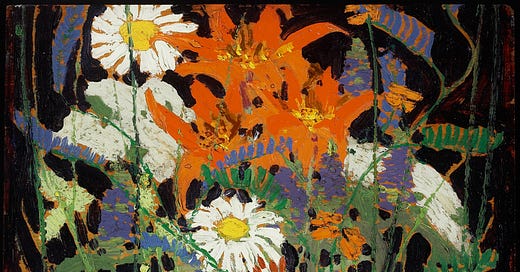



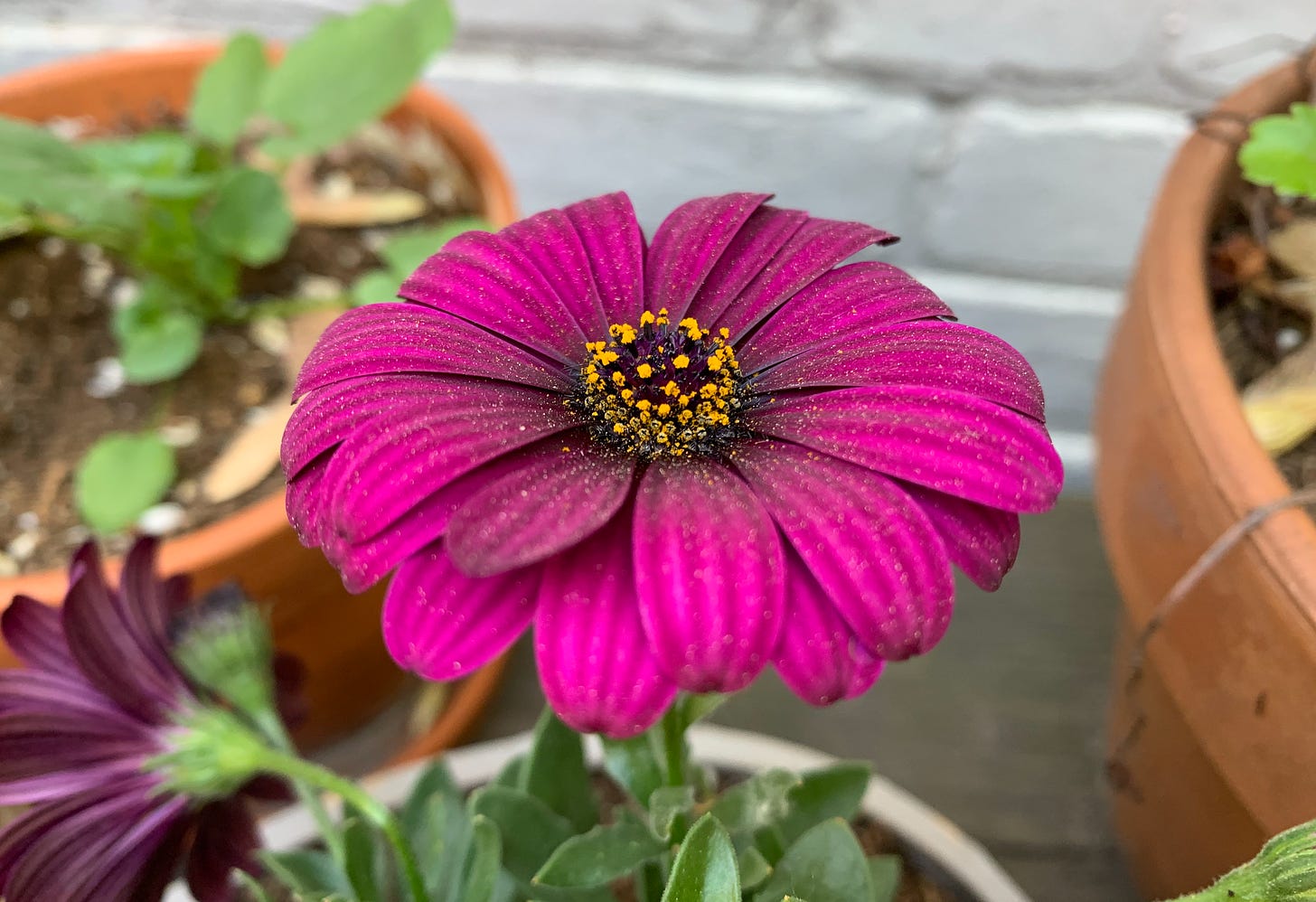
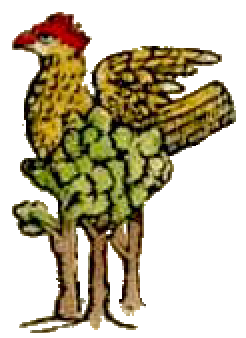
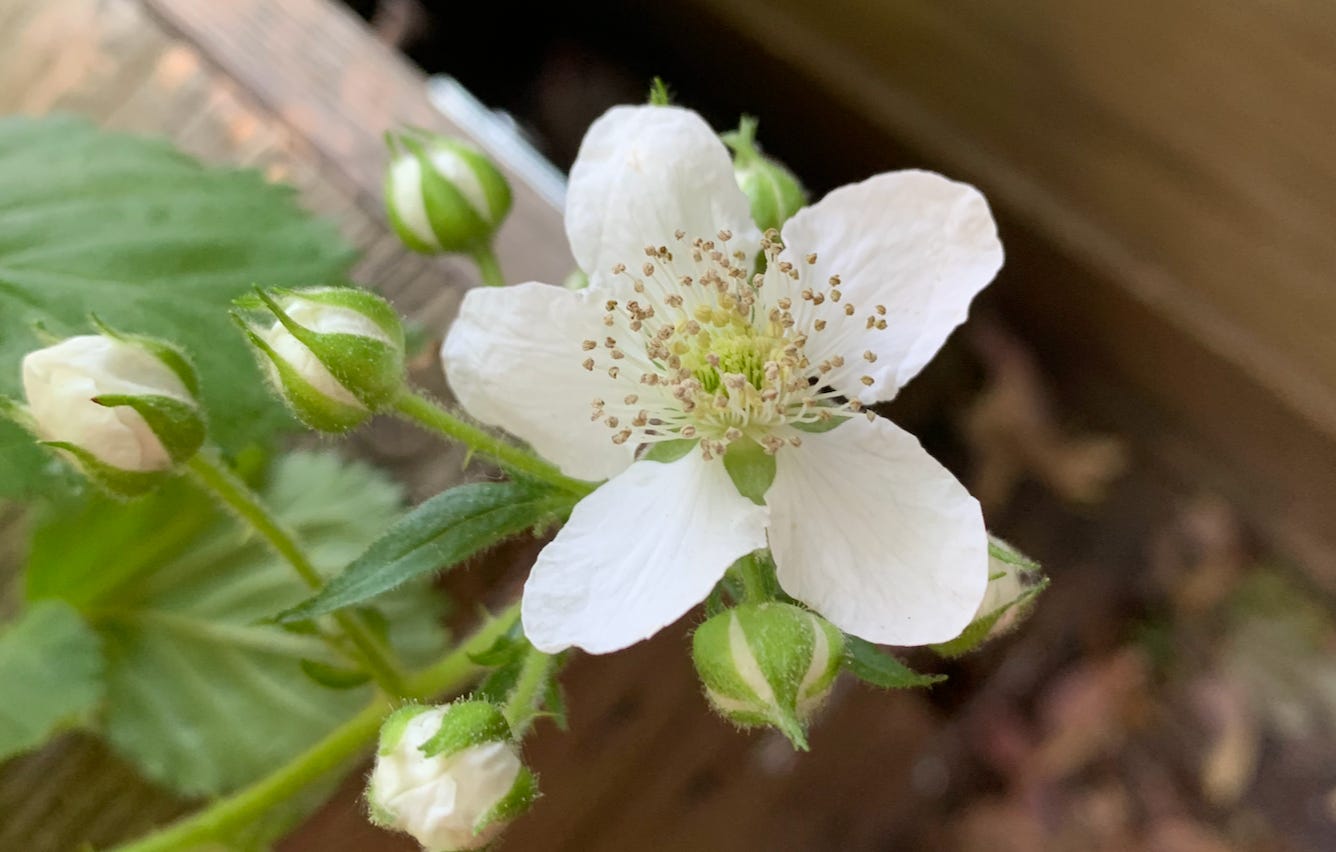
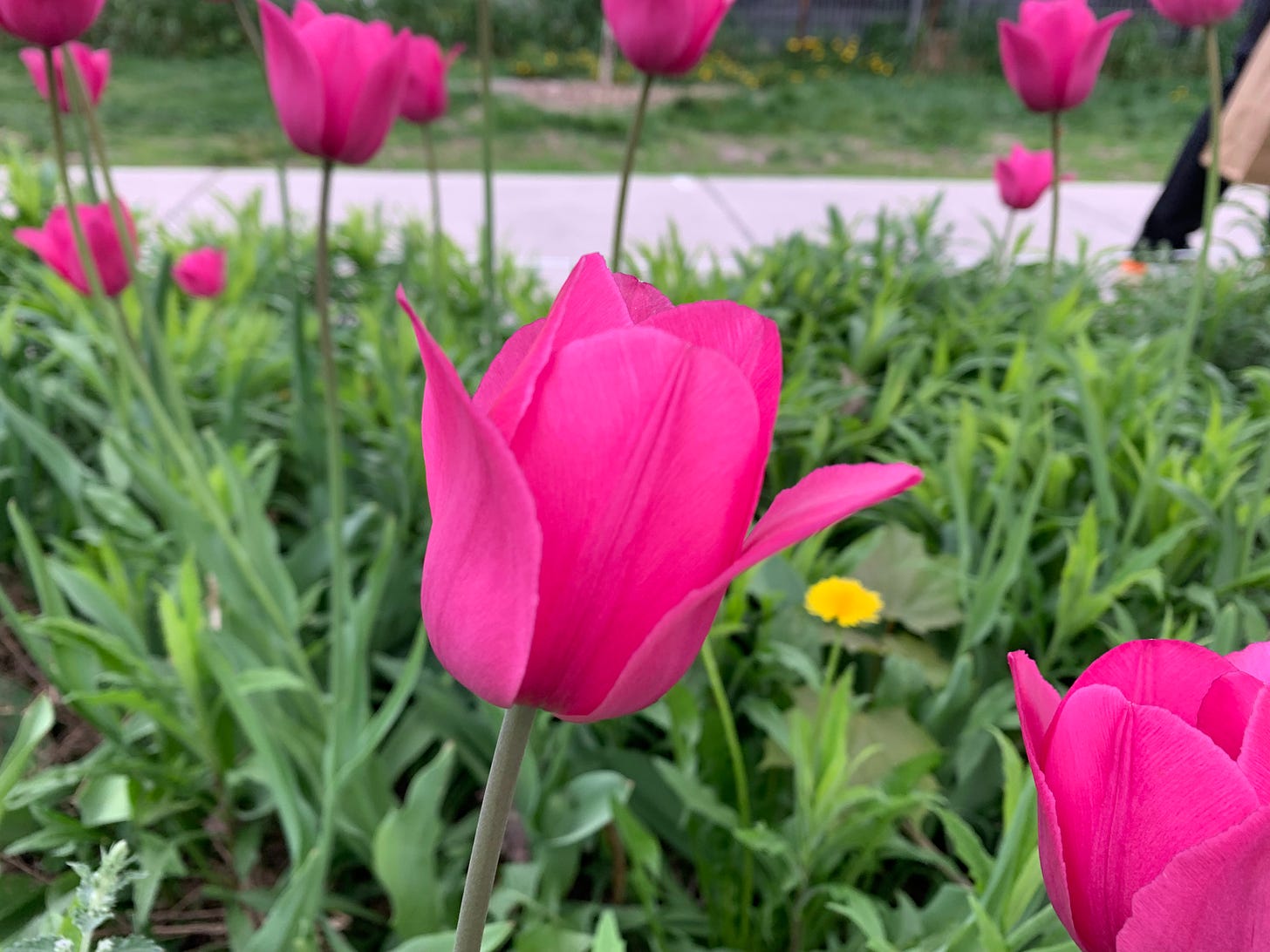
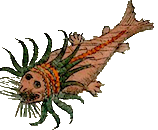
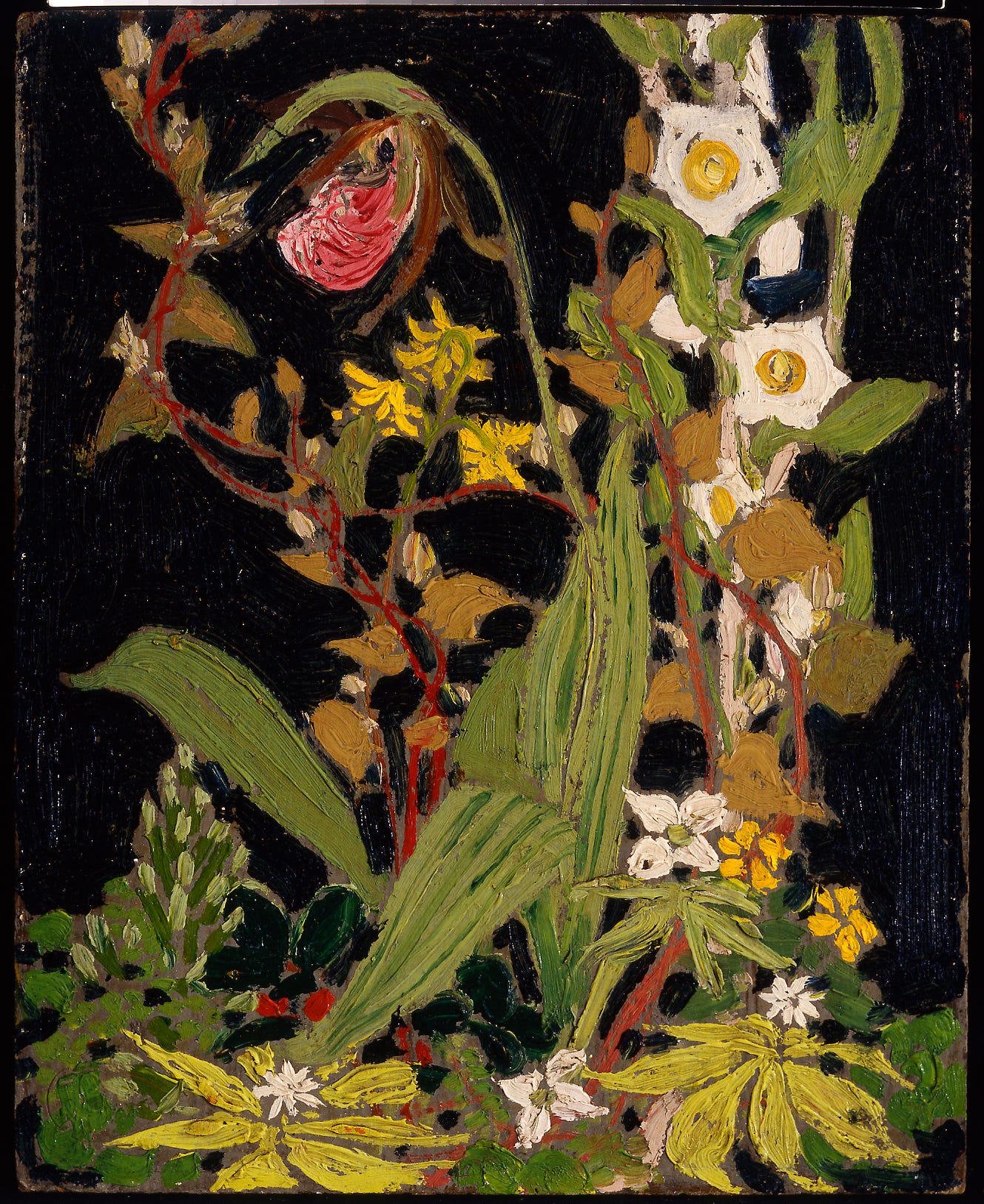
There are some interesting questions sort of lurking behind this whole conversation. Is beauty solely a perceived phenomenon? Sort of like relativistic light, where it doesn't exist in a definite state until observed? If so, I think that beauty does have a necessary fundamental quality. It has to grab the attention. Hence why novelty and visibility are often key components of a beautiful object. Both of these serve to increase how much attention the thing receives. Once observed, the thing can be beautiful or ugly, but a necessary precondition is that it is observed.
Leaning too heavily on this kind of muddies the conversation, though. Humans always have to notice something before we assess it, so it's a little too easy to say that stuff "doesn't exist" until we pay attention to it. It might be useful to temporarily remove attention grabbers from the conversation, when trying to diagnose any objective core behind beauty. Great songs don't have to be played on the radio in order to be great, but when they are, it makes their greatness much more obvious. So, what is beauty, pre-broadcast? What does it look like, when it doesn't catch the eye? Or does such a beauty exist?
Excellent! I like the pushback on the visual properties, and Deutsch's dismissal of each feels indeed fairly weak (in particular the spider argument). That said, re: Graham's concentric rings of taste theory, I think Deutsch's claim is that flowers are only beautiful to either bees or humans, not to any other species. To him, only *people* can access (be attracted to) the objective kind of beauty. And that is a testable prediction that would decide between Deutsch and Graham. In other words, bees' attraction to flowers is parochial; but humans' is not. The objective beauty of flowers is an accidental side effect of their need to signal across an interspecies gap. That, however, doesn't mean that Deutsch wasn't wrong to dismiss those properties you go over as being parochial.